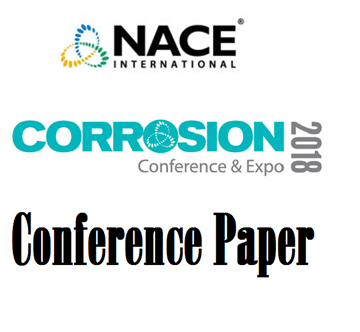Search
96437 DETERMINING THE POTENTIAL INDEPENDENT CRITICAL PITTING TEMPERATURE (CPT) BY A POTENTIOSTATIC METHOD USING THE AVESTA CELL
Also Purchased
51312-01334-Determination of the Critical Pitting Temperature of Stainless Steel using Electrochemical Testing T
Product Number:
51312-01334-SG
ISBN:
01334 2012 CP
Publication Date:
2012
$20.00
51318-10846-Comparison of critical pitting temperatures of stainless steel in different salt solutions
Product Number:
51318-10846-SG
Publication Date:
2018
$20.00
51316-7837-In-situ Critical Pitting Temperature on Corrosion Resistant Alloys
Product Number:
51316-7837-SG
ISBN:
7837 2016 CP
Publication Date:
2016
$20.00




